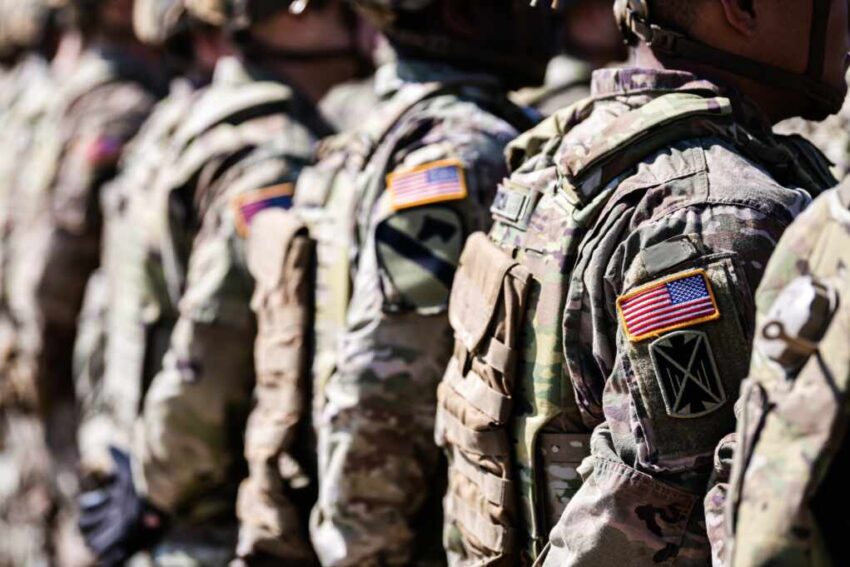A military parade marking the U.S. Army’s 250th birthday and coinciding with Donald Trump’s 79th birthday has ignited a fierce national debate over patriotism, political signaling, and the role of the armed forces in civic life.
At a Glance
- The parade featured 6,600 troops, 150 vehicles, and military flyovers at an estimated cost of $25–45 million.
- PRRI polling found nearly 75% of Americans opposed the parade, citing politicization.
- Over 1,500 protests under the banner “No Kings” occurred nationwide.
- Critics likened the event to authoritarian pageantry; supporters framed it as patriotic tradition.
- Analysts warn the event blurred boundaries between military institutions and partisan politics.
Historical Display or Power Play?
The June 14 parade featured tanks, flyovers, historic uniforms, and was presented as a civic tribute to the Army’s 250th anniversary. However, its timing—on Donald Trump’s birthday—and echoes of Bastille Day‑style grandeur triggered accusations of political co‑opting.
According to Public Religion Research Institute, 74% of Americans opposed the parade, with many citing fears of creeping authoritarianism. Critics like Sen. Richard Blumenthal and Sen. Tammy Duckworth condemned the $45 million taxpayer cost, especially as military readiness budgets face cuts.
Watch a report: Trump’s Military Parade Spurs Protest Debate.
Political Blowback and Public Response
The parade ignited public backlash as over 1,500 cities hosted “No Kings” protests, criticizing the spectacle as excessive and undemocratic. Demonstrators argued the event served more to bolster Trump’s image than honor service members.
While Trump allies defended the parade as a recruitment tool and historical event, even some Republican lawmakers expressed discomfort with the optics. The Washington Post described it as a “measured historical showcase,” but noted the crowd turnout and mood fell short of expectations.
Norms and the Military’s Image
Brookings Institution analysts argued that the event risks turning the military into a partisan instrument. In a commentary by Vox, the parade was cast as a warning sign of institutional erosion, warning that the symbolism invoked autocratic spectacle more than American unity.
Others, like The Guardian, noted that the parade coincided with rising political violence, suggesting the event’s tone contributed to division rather than cohesion.
The question remains: was this a celebration of national service or a politicized spectacle echoing regimes the U.S. once opposed? The answer may shape future uses of public military displays.
Click this link for the original source of this article.
Author: Editor
This content is courtesy of, and owned and copyrighted by, https://deepstatetribunal.com and its author. This content is made available by use of the public RSS feed offered by the host site and is used for educational purposes only. If you are the author or represent the host site and would like this content removed now and in the future, please contact USSANews.com using the email address in the Contact page found in the website menu.








